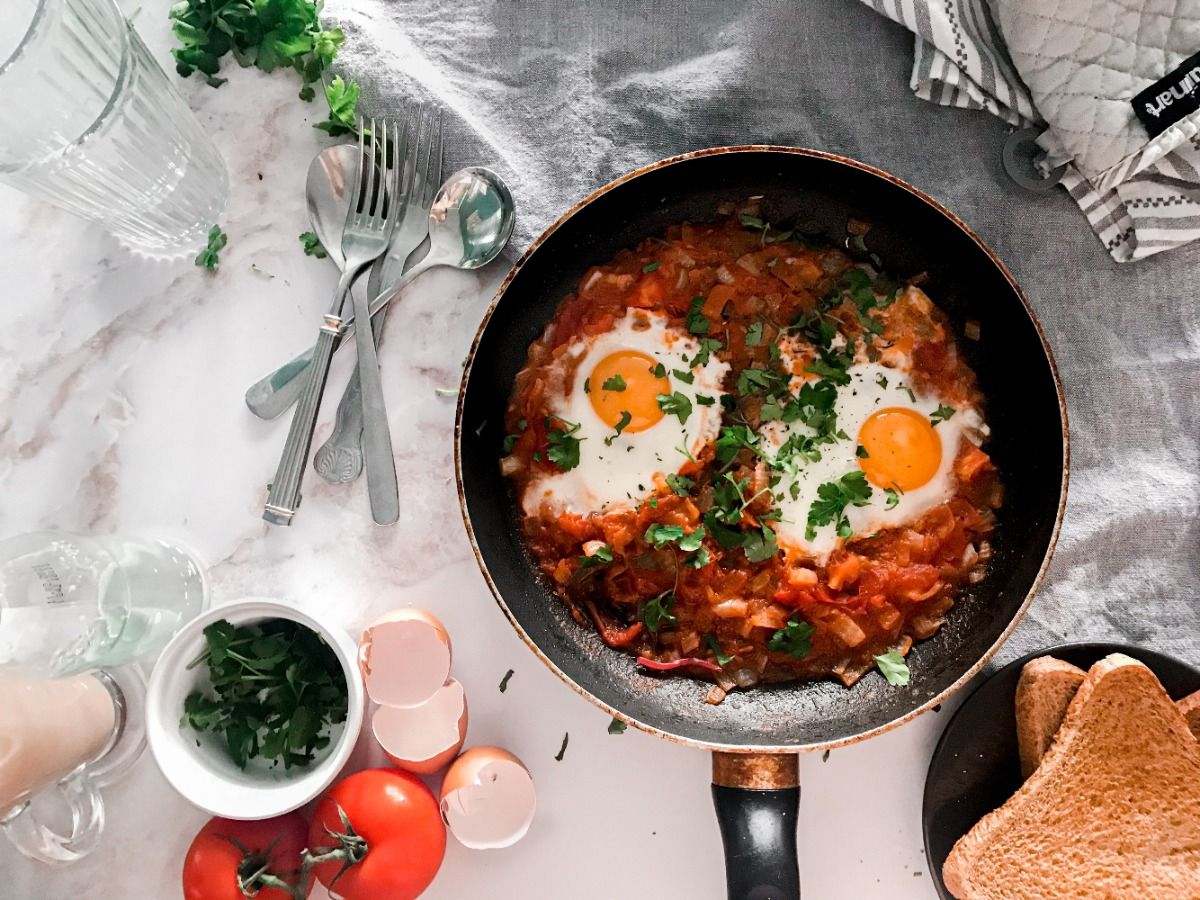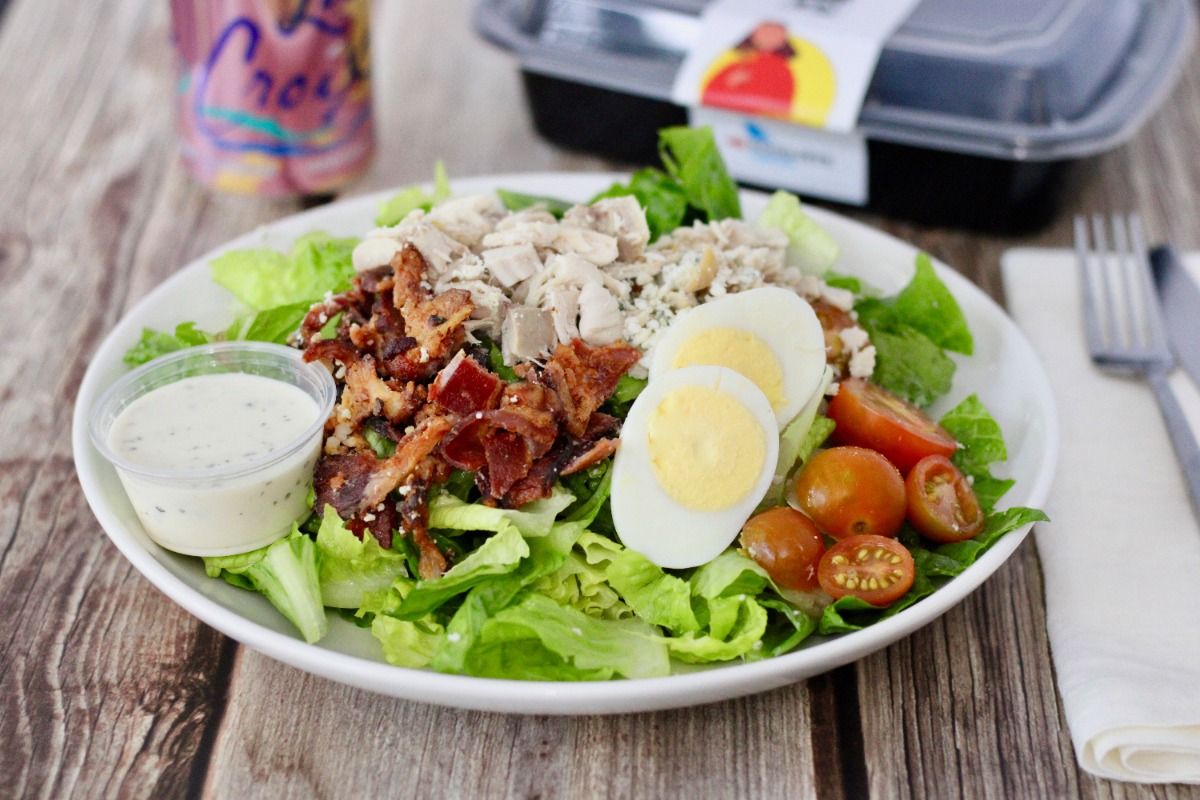
Avoiding making one of the common Keto diet mistakes is crucial to stay in ketosis. If you’re not in ketosis because you’re making one of these Keto diet mistakes, you’re basically doing Keto for nothing. It just won’t work the way it’s supposed to unless you’re in ketosis.
Many people who have had success with the Keto diet love it because of its simplicity. Unlike other diets where you need to track all your macros diligently, you simply need your carb intake low and your fat consumption higher to stay in Ketosis.
This sounds simple enough, but for some people, keeping their consumption of carbohydrates low enough to be in ketosis is a challenge. It’s quite common for Keto diet mistakes to occur that would bring one out of ketosis.
An effective Keto diet involves consuming only 20 – 40 grams of carbohydrates per day. On Keto, 70-80% of your total daily calories should be from fat (mostly good fats), 10-20% from protein, and only 5-10% from carbohydrates. Yes, this is a very low carb diet.
Don’t forget that your body would typically burn glucose for energy, but the Keto diet helps you make body fat adaptive instead. You train your body to burn fat for fuel. You will know you are successful when your urine releases ketones, which you can test with urine strips.
In fact, one of the best ways to ensure you’re not making any Keto diet mistakes is to purchase these urine strips that confirm you’re in fact in ketosis.
If you suddenly start struggling with the diet, the simple answer is an over-consumption of carbs is occurring without your knowledge. This is an easy fix as long as you know the root cause of the issue. Where are these extra carbs coming from? Is it the morning glass of orange juice that you didn’t realize had nearly 30g of carbs in it? To help you identify the problem, check out the most common Keto diet mistakes below. When you are familiar with them, you can avoid them and tweak your diet to solve your weight loss plateau.
Keto Diet Mistakes: Unknowingly Consuming Too Many Carbs
You must keep your carb intake extremely low to succeed with Keto. Some people do exceedingly well by ensuring their carb intake does not exceed more than 10% of their daily calories. When you eat low carbohydrates, you keep insulin production low. This hormone regulates your blood sugar, allowing your cells to access and burn stored body fat for energy.
However, if you are not mindful, you’ll make one of the most common keto diet mistakes of unknowingly consuming more than 40 grams of carbs per day. Your body will not turn into a fat-burning machine. You will not go into ketosis.
Unfortunately, many hidden carbs can sneak up on you. All it takes is a tablespoon or two of the wrong food to throw you out of Ketosis. You will find hidden carbs in:
- Salad dressings
- Some vegetables
- Shellfish
- Sauces
- Cheese
- Drinks
- Sugar-free snacks
One of the most common ways people unknowingly consume too many carbs to be in ketosis is from not being mindful of what they drink. If you are unaware of how many carbs are in your glass, you could be taking in too many carbs to be in ketosis. For best results, read product labels diligently and don’t buy the product with false expectations.
For example, don’t buy a carton of orange juice and lie to yourself that you’ll only take a sip in the morning. Another one of the most common keto diet mistakes is to keep juices like this in your fridge and end up drinking far more than a sip.

Eating Excessive Fat with Insufficient Protein
Some get the wrong idea that high fat means loading up on things like butter, cream, and ghee. While most of your Keto calories will indeed come from fat, half of what you consume must also include protein. This macronutrient is essential for building lean muscle and promoting wound healing.
Notably, protein contains 4 calories per gram and fat has 9 calories. Sadly, many Keto dieters often miss this detail, aiming for 30% protein and 60% fat. As a result, the body ends up with insufficient protein to support recomposition. To solve the issue, write down your food intake and recalibrate your meals to include ample amounts of protein.
Using Too Much Vegetable Oil
As an avid Keto dieter, you may have heard of the slang term “dirty Keto”. This centers on a diet that consists of too many vegetable oils. On top of that, dirty means inadequate real vegetables are eaten.
This is a frightening scenario because vegetable oils are high in linoleic acid, a form of polyunsaturated fatty acid. Consuming excessive amounts of this creates inflammatory conditions in the body that promotes fat storage.
In fact, some studies have linked excess linoleic acid, which many get from soybean oil to the current obesity crisis in the US. To make things worse, vegetable oils show vulnerability with high heat. So when used for cooking, they form oxidized lipids. These compounds are said to hasten the onset of heart disease because they are a form of bad cholesterol.
To help you out, focus on healthy oils like olive, coconut, and high-quality butter. Moreover, avoid consuming the following vegetable oils:
- Soybean
- Sunflower
- Safflower
- Canola
- Corn
Not Consuming Enough Low-Carb Veggies
Another glaring characteristic of dirty Keto is the lack of healthy, low-carb vegetables. If your “Keto” meal is a plate full of bacon and ultra-cheesy eggs, then that’s alarming. Keto doesn’t give you a free pass to go all out on fats and protein. You must also include non-starchy veggies such as:
- Kale
- Spinach
- Lettuce
- Asparagus
- Cabbage
- Broccoli
- Chard

Failing to Replace Electrolytes
The Keto diet recommends drinking more water because restricting carbohydrates has a diuretic effect. This means you lose more body fluids via urination. However, this also means you lose electrolytes such as potassium and sodium. If you don’t replace these minerals, you will have a deficiency. Symptoms of this imbalance are:
- Fatigue
- Weakness
- Muscle cramps
- Confusion
- Insomnia
- Headaches
Unfortunately, doing Keto pushes you to an electrolyte deficiency not just because of increased electrolyte loss when you pee. You also take in less sodium because it’s not present in whole foods. Similarly, the Keto diet misses out on potassium-rich veggies and fruits like sweet potatoes or bananas because they contain too many carbs.
To compensate for this imbalance and ensure your body is an efficient fat-burning machine, avoid excessive hydration to dilute blood sodium levels. Most of all, eat electrolyte-rich food like leafy greens and consider an electrolyte supplement.
Neglecting to Keep Dairy Consumption in Check
Some Keto dieters erroneously believe that all dairy products are Keto-friendly. Remember, not all dairy is made equal. Some dairy products are high in fat but also high in carbs. A perfect example is visiting the dairy aisle, which contains low-fat chocolate milk, fruity yoghurts, and flavoured creams. Sadly, these dairy products will not support your Keto goals.
Another problem with too much dairy is some people do not tolerate it well. Some bodies find it difficult to digest lactose (milk sugar), casein and whey (milk proteins), or both. If you are intolerant, you have to avoid dairy products. Meanwhile, those who can tolerate it must choose high-fat options for cheese, whole milk, and butter.
Eating Too Many “Keto” Treats
Think again if you are feasting on Keto snacks from the grocery and think it’s all fine because of the word “Keto” on the label.
Even though grocery stores now have tons of “Keto” desserts and snacks, they’re designed to be eaten in moderation. For example, a box of “Keto-friendly” cookies are only Keto-friendly if you eat one cookie, or maybe two. Don’t buy these if you can’t refrain from eating more than that. If you read the label, you’ll realize that these Keto treats are not Keto-friendly at all unless you eat the appropriate (small) serving size.
To make sure you stay on track, make these treats a rare indulgence. This is also one of those keto diet mistakes that might be best avoided by avoiding keeping these in your home. Unless you have the self-control to limit your portion, don’t buy these “Keto” treats. Erroneously believing that eating Keto treats are fine can hinder your progress and deter your weight loss goals.

Eating Poor Quality Food
Though dirty Keto can jump-start you into Ketosis, it is not a sustainable way of eating because it lacks the right nutrients. You may notice that you feel dehydrated, have digestive issues, or experience bad skin. Well, those are signs that you have poor quality food choices while on the Keto diet. You’re doing Keto the dirty way, instead of the healthy way.
If you want to attain healthy weight loss and holistic wellness, focus on high-quality food choices. Optimize your diet by taking in low-carb, unprocessed, and nutrient-dense food. Always make room for:
- Low-carb fruits like avocados and berries
- Organic vegetables
- Grass-fed animal products
- High-quality nuts like almonds
- Healthy seeds like chia and flax
Not Enough Fiber
It can be quite challenging to take in enough fibre while on a low-carb diet. However, you still need roughage to stave off constipation and other digestive issues. However, with careful planning, you can still meet your fibre needs and stay in Ketosis.
Fibre comes in soluble and insoluble forms, which support digestion and help with weight loss. Thus, insufficient fibre consumption can equate to sluggish digestion. Consider increasing your fibre intake with more:
- Cruciferous veggies
- Psyllium husk
- Nuts
- Chia
- Avocado
- Low-carb berries.
Failing to Meal Prep
As the famous adage goes, failing to prepare is preparing to fail. So, if you embark on a Keto journey, meal planning and taking the time to meal prep is a key component to your success. This will prevent you from choosing the wrong food options and giving into temptation when you feel hunger pangs.
Being on the Wrong Diet
Consult a nutritionist before starting the Keto diet to ensure it’s not the wrong diet for you. If you have a genetic predisposition to high cholesterol and heart disease, consumption of too many fats may be a problem. You could even be genetically more sensitive to fats, which means Keto might not be the right diet for you. Running the Circle DNA test and accessing your genetic diet and nutrition reports can help you accurately determine which diet suits you best.

This Post Has 2 Comments
Comments are closed.